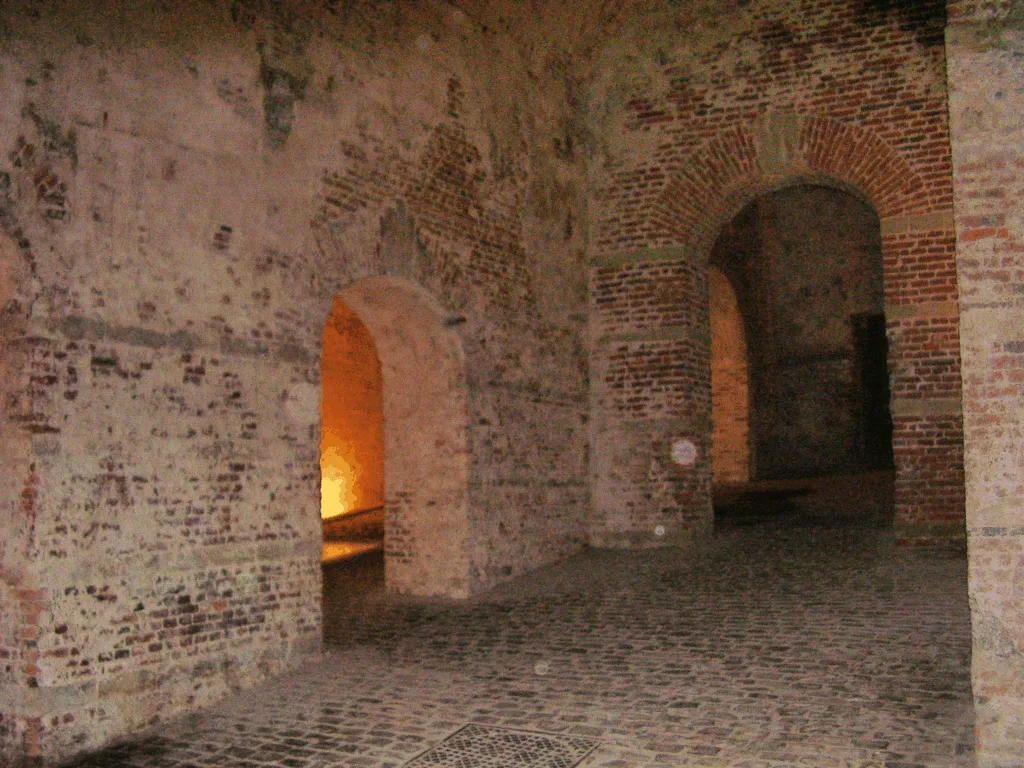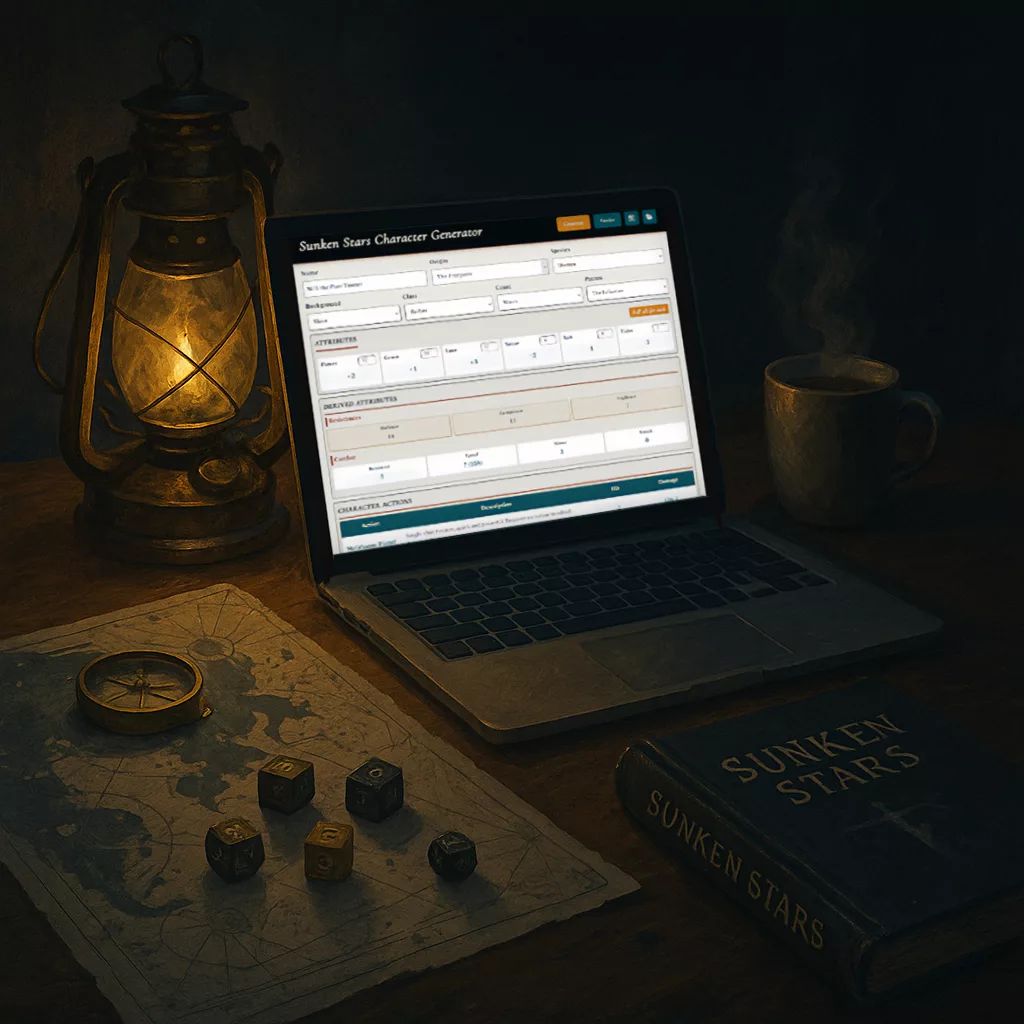I went down a rabbit hole of Brussels lore and mysticism recently, and along the way I got inspired by the strata of city that at some point burned down, or the parts of the river Senne were buried because of its foul stench. So from this I made the Mister under the Ash, a demon of sorts.
Meneer Onder d’as Man under the Ash
An honest, hungry demon of the buried city. It rides night trams and old tunnels, opens sealed ways, and charges you in the little things that make you you.
Born where the Senne, ash, and concrete press together like urban compost.
- Deals are clear, literal wording.
- Greedy for things people want to keep (habits, anchors, comforts).
- You have 7 stops to decide.
Appearance
Rust-skin with a damp sheen. Touch leaves an orange ring that fades. Smell of wet metal and warm bakery after rain. Calm eyes, station LEDs flicker in them.

Haunts
Sainte-Catherine & Vismet; Tour Noire; under Boulevard Anspach above the Senne vaults; Beurs/De Brouckère pre-métro galleries; Lemonnier/Anneessens stairwells; Coudenberg/Rue Isabelle site; Marolles service tunnels; Anderlecht abattoir drains after rain.

Underground rue Isabelle
vaulted and built over after the fire of 1731
Abilities
- Ghost Stop: after seven stops, manifests a platform/door where the city remembers one. Lasts a few minutes.
- Rust Bloom: Touch corrodes locks, hinges, rails; small radius ages fast (1–3 m).
- Name-Bind: A spoken or written true spelling lets it bind a subtle effect (reroute, hush, lost memory).
- Weigh the Car: Shifts center of mass: luggage slides, doors settle, a carriage levels.
- Layer Sense: Reads buried strata.
- PA Ride-along: Briefly hijacks loudspeakers.

Sainctelette Ghost Metro Station
Never finished, never used.
Weaknesses / counters
Fresh plaster (≤7 days) stings; Saint-Michel’s sanctified bronze/bells scramble its count; new stamped infrastructure plans shrink its range; theft from it triggers seven nights of blocked passages.
Prices it demands
- Your exact way home on autopilot (you’ll always hesitate at one corner).
- The true spelling of your first name (you answer a beat late forever).
- A lucky coin/stone carried for years.
- Your spot at the bar where staff nod without asking.
- The unlock pattern/PIN you never changed (muscle memory erased).
- The smell of safety from your winter coat.
- A song fragment that stops your panic.
- The back-up key hidden under a pot (and the confidence tied to it).
- A month of small good breaks coming up.
- The story you tell about how you met your partner (the meeting stays; the story goes blank).
Evidence
Fading rust rings on bars and tickets; validators log “phantom” taps; CCTV doors half-open at non-stops; old lettering bleeding through repaint; victims report missing habits: routes, smells, reflex answers to their name.
Case hooks
- Ticket of a Name: STIB logs tie a burst of validator pings to one commuter’s initials the night a sinkhole opens on Anspach.
- Phantom Platform, Beurs: Night staff hear doors open at 02:07. Two commuters exited “between stations.”
- ISABELLE: Fresh paint in a Coudenberg service hall keeps ghosting the word; workers refuse another coat.
- Lost Way Home: Marolles residents report “blank corners” where their feet forget the turn; accidents spike after rain.
- Abattoir Rot: Anderlecht loading bay fuses under orange bloom; cameras show light dips every seventh second.
